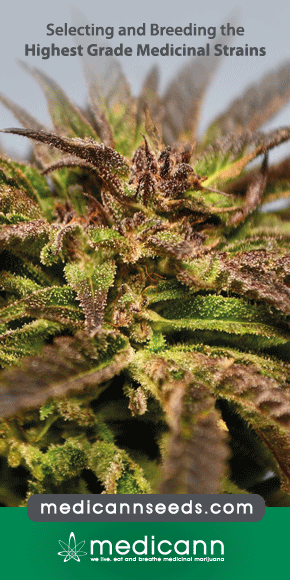Abstract
BACKGROUND:
For patients with chronic, non-cancer pain, traditional pain-relieving medications include opioids, which have shown benefits but are associated with increased risks of addiction and adverse effects. Medical cannabis has emerged as a treatment alternative for managing these patients and there has been a rise in the number of randomized clinical trials in recent years; therefore, a systematic review of the evidence was warranted.
OBJECTIVE:
To analyze the evidence surrounding the benefits and harms of medical cannabinoids in the treatment of chronic, non-cancer-related pain.
DESIGN:
Systematic review with meta-analysis.
DATA SOURCES:
Medline, Embase, CINAHL, SCOPUS, Google Scholar, and Cochrane Databases.
ELIGIBILITY CRITERIA:
English language randomized clinical trials of cannabinoids for the treatment of chronic, non-cancer-related pain.
DATA EXTRACTION AND SYNTHESIS:
Study quality was assessed using the Cochrane risk of bias tool. All stages were conducted independently by a team of 6 reviewers. Data were pooled through meta-analysis with different durations of treatment (2 weeks, 2 months, 6 months) and stratified by route of administration (smoked, oromucosal, oral), conditions, and type of cannabinoids.
MAIN OUTCOMES AND MEASURES:
Patient-reported pain and adverse events (AEs).
RESULTS:
Thirty-six trials (4006 participants) were included, examining smoked cannabis (4 trials), oromucosal cannabis sprays (14 trials), and oral cannabinoids (18 trials). Compared with placebo, cannabinoids showed a significant reduction in pain which was greatest with treatment duration of 2 to 8 weeks (weighted mean difference on a 0-10 pain visual analogue scale -0.68, 95% confidence interval [CI], -0.96 to -0.40, I 2 = 8%, P < .00001; n = 16 trials). When stratified by route of administration, pain condition, and type of cannabinoids, oral cannabinoids had a larger reduction in pain compared with placebo relative to oromucosal and smoked formulations but the difference was not significant (P[interaction] > .05 in all the 3 durations of treatment); cannabinoids had a smaller reduction in pain due to multiple sclerosis compared with placebo relative to other neuropathic pain (P[interaction] = .05) within 2 weeks and the difference was not significant relative to pain due to rheumatic arthritis; nabilone had a greater reduction in pain compared with placebo relative to other types of cannabinoids longer than 2 weeks of treatment but the difference was not significant (P[interaction] > .05). Serious AEs were rare, and similar across the cannabinoid (74 out of 2176, 3.4%) and placebo groups (53 out of 1640, 3.2%). There was an increased risk of non-serious AEs with cannabinoids compared with placebo.
CONCLUSIONS:
There was moderate evidence to support cannabinoids in treating chronic, non-cancer pain at 2 weeks. Similar results were observed at later time points, but the confidence in effect is low. There is little evidence that cannabinoids increase the risk of experiencing serious AEs, although non-serious AEs may be common in the short-term period following use.
Source: Pubmed
Johal H1, Devji T2, Chang Y2, Simone J3, Vannabouathong C2, Bhandari M1,2.
PMID: 32127750 PMCID: PMC7031792 DOI: 10.1177/1179544120906461



